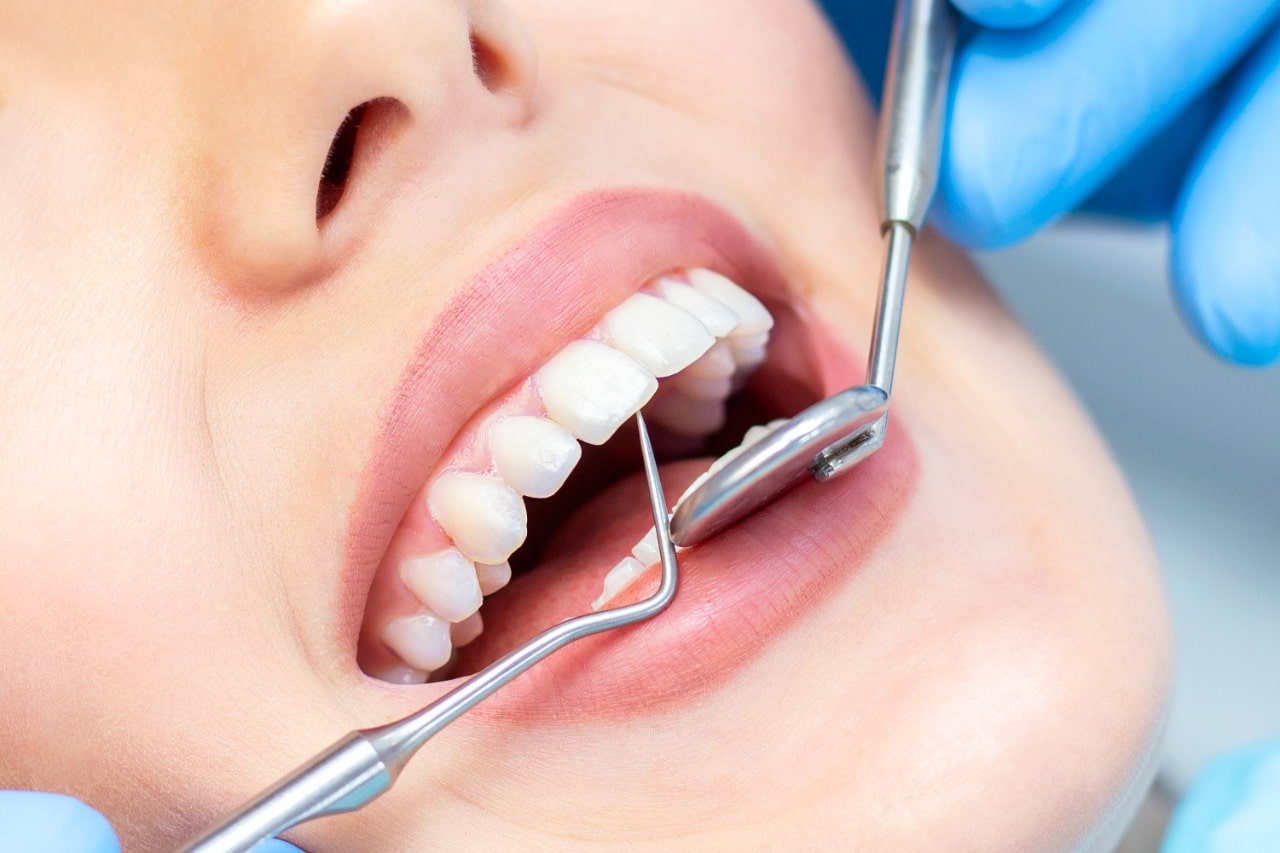Even while brushing your teeth is the most efficient method for maintaining oral hygiene, it only covers 60% of the tooth surfaces. Cleaning the spaces between your teeth using an interdental brush is one of the simplest and most effective ways to improve your oral health.
Why it's crucial to clean between your teeth
Between the teeth, where a brush cannot reach, dental plaque can accumulate. This can eventually result in poor breath, gum irritation, and tooth decay. A smart way to avoid this problem is to incorporate the usage of an interdental brush into your regular oral hygiene practice.
A little brush known as an interdental brush is intended to clean in between your teeth, where a standard toothbrush cannot. In conjunction with using your toothbrush each day, using an interdental brush is a quick and simple approach to maintaining healthy enamel and gums.
To maintain a clean, healthy mouth, we advise brushing your teeth daily.
It's normal for your gums to feel tender and even bleed a little when you begin cleaning in between your teeth, but you shouldn't stop because this is an indication of gum inflammation, which has to be addressed. Contact your dental expert if, after a few days, you do not see any change.
1. Choosing the proper size
It can be challenging to determine which interdental brush size is best for your mouth because there are so many different sizes available. Ask a dental expert for their recommendation for the greatest guidance.
2. Placement of the brush
Put the brush between your teeth, near the gums, while you're looking in the mirror. Work your way up from the smallest size until the toothbrush bristles are in contact with the gingival margin and dental surface.
The brush should fit snugly, but the wire—despite being covered in plastic—should not contact the gums or the sides of the teeth. Never push the brush into a confined area.
The interdental brush should be moved back and forth around 2-3 times after being installed. Every day, make sure you brush all of the crevices in between your teeth.
Your requirement for two to three brushes of various sizes, or a mix of one or two brushes and floss, will depend on the spacing between your teeth, which will typically vary from one area of your mouth to another.
Interdental brushing techniques
The right approach is essential for getting the most out of interdental cleaning. The good news is that learning how to use interdental brushes is not too difficult. Once mastered, it becomes a lifelong healthy habit.
● Brush between the front teeth with a straight interdental tool. Gently place the toothbrush between the teeth. Work the brush softly or use a smaller size rather than forcing it into a spot.
● Repeatedly move the interdental brush in a full circle. You can slightly curve the soft neck if you use a little interdental brush on the back teeth. Reaching between the back teeth is made simpler by applying pressure with your finger. You might also use a long-handled interdental brush.
● Access between the back teeth while utilizing interdental brushes of a greater size might be made easier by slightly curving the wire. If you don't straighten the brush or bend it at a different angle, the interdental brush will last longer.
At World Of Dentistry, which is the Best Dental Clinic in Gurgaon, we are constantly on the lookout for more accessible oral healthcare innovations. Interdental brushing is a relatively new concept, but it can lead to a drastic drop in gum problems.
